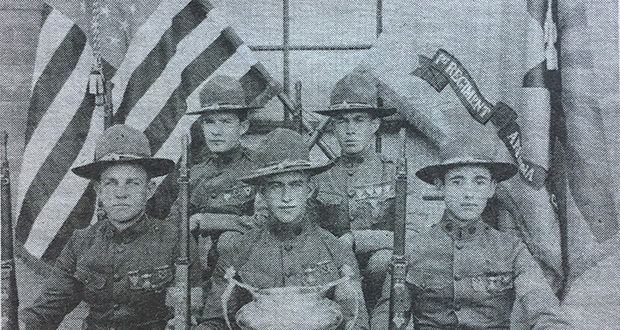Roll Out the Barrel
Arizona Capitol Times Staff//July 10, 2017//[read_meter]
In this photograph, a group of lawmen in Cochise County are breaking up barrels and pouring the whiskey down Tombstone’s Allen Street. During Prohibition, Cochise County Sheriff Harry Wheeler traveled...
No tags for this post.

















